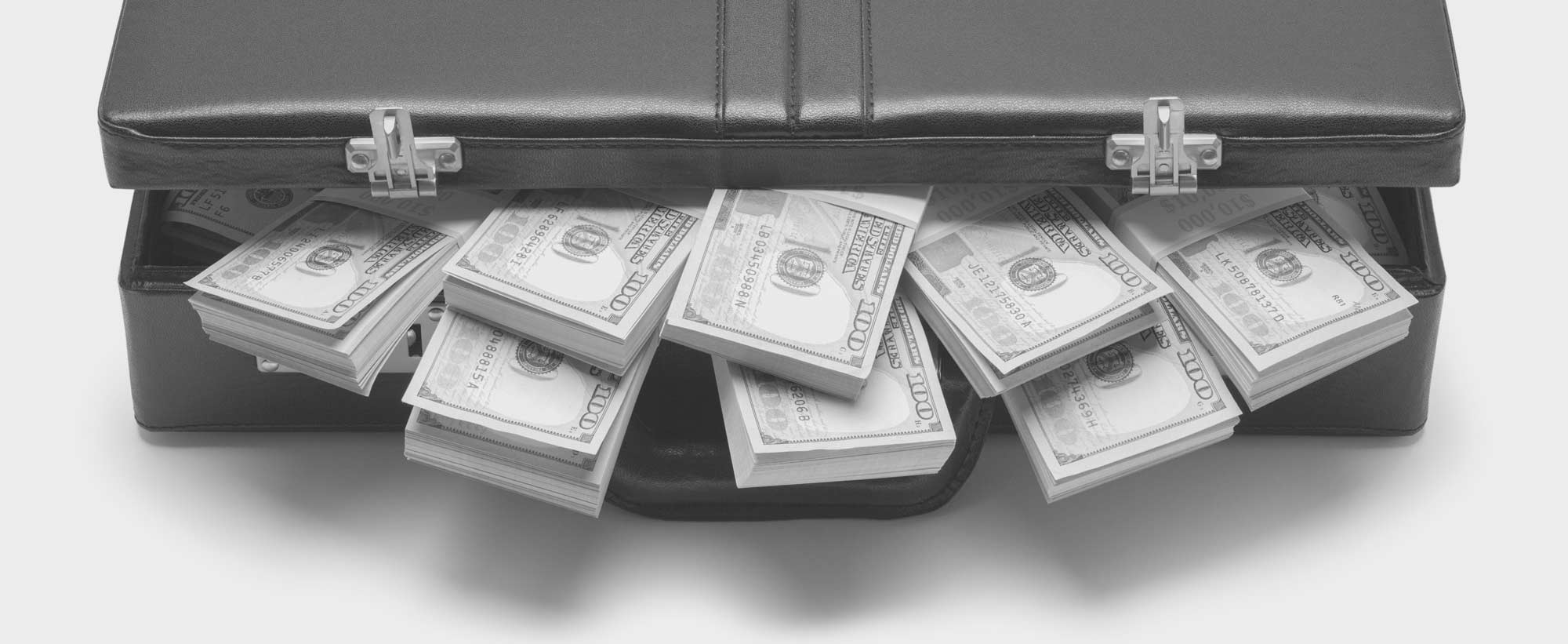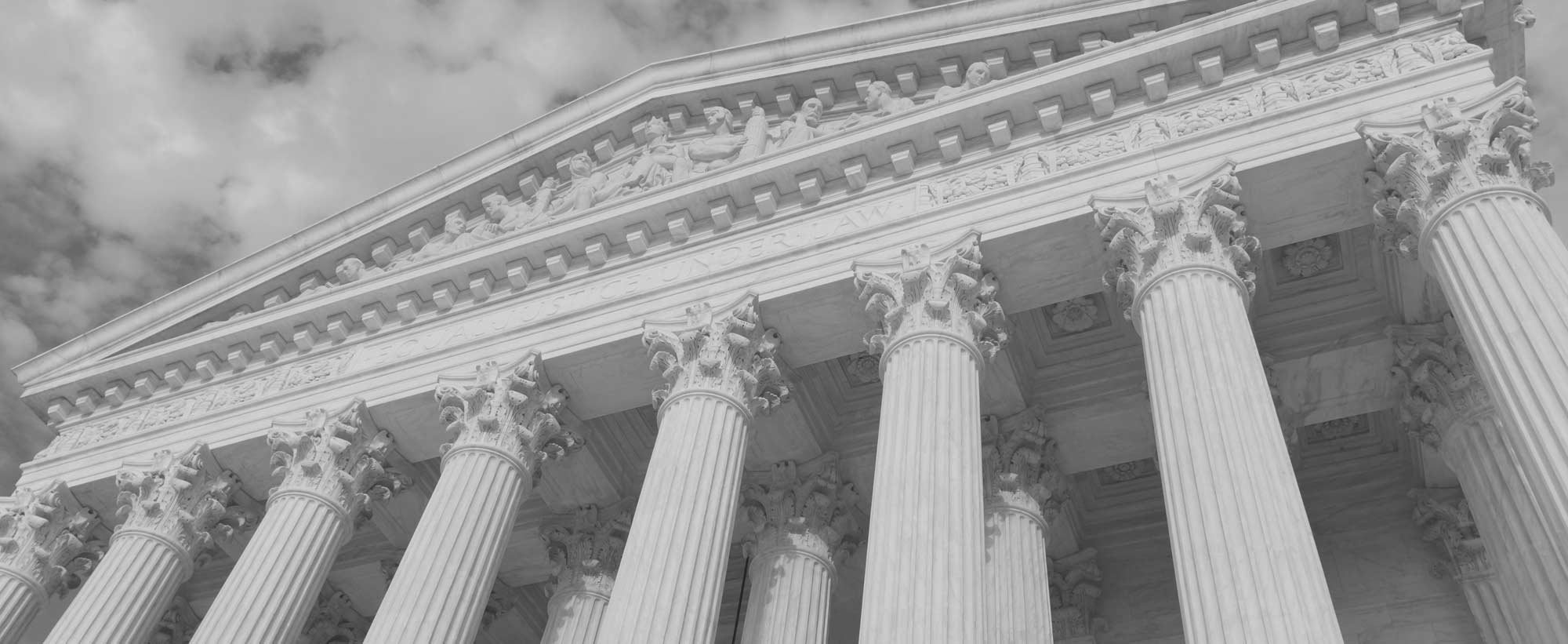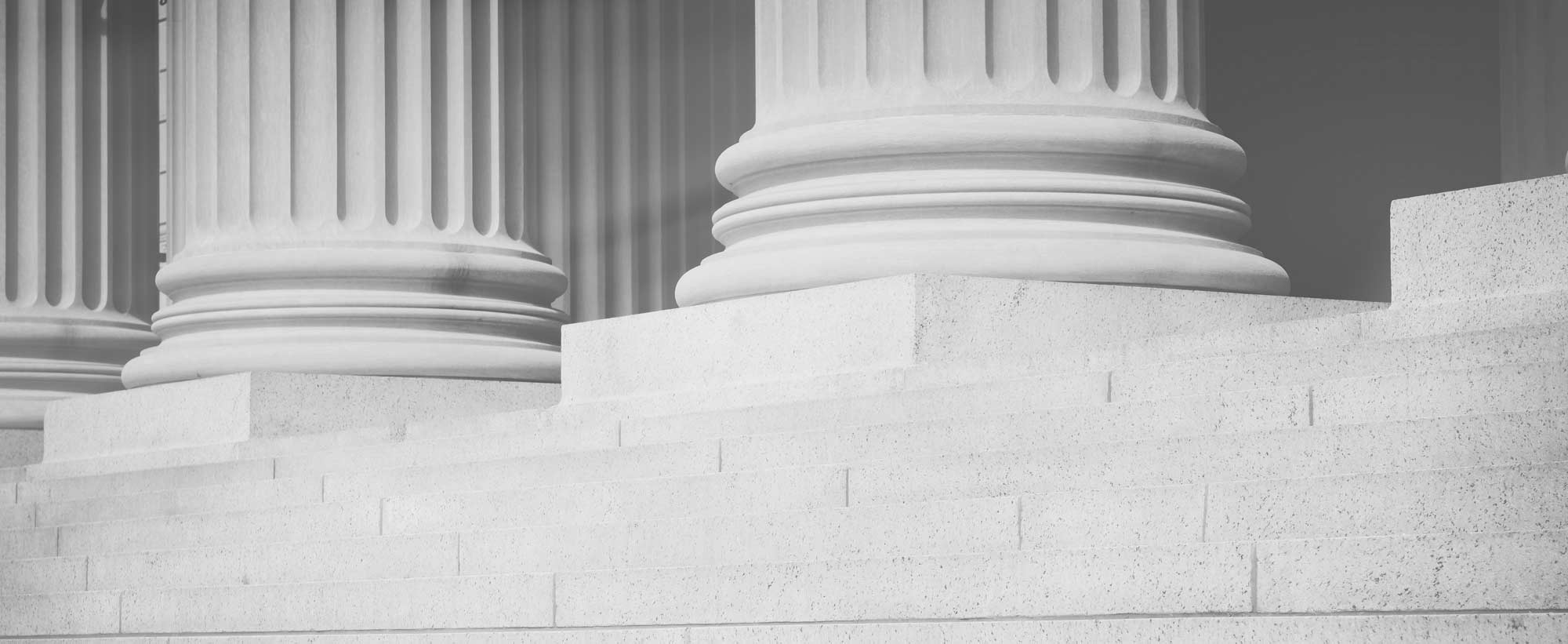Are your wages being garnished for child support, student loans, or back taxes and you’re now unable to pay any of your other creditors? We can help you figure out a solution for how to move forward when your wages are being garnished.
Wage Garnishment
Garnishment is recognized as an American legal order for collecting monetary judgment on behalf of a plaintiff from a defendant. Moneys can come directly from a garnishee or defendant or in certain specific cases, from a third involved party. Wage garnishment is the most common form of garnishment and consists of allocating money from an employee’s salary to offset certain debts. Garnishment of wages continues until a debt is paid off in its entirety or specific arrangements have been secured that will ensure the repayment of said debts.
Understanding Wage Garnishment
The most commonly recognized forms of debt where wage garnishment can be employed are child support, spousal support (alimony), unpaid taxes, unpaid court fines and defaulted student loans. Payroll departments at a garnishee’s place of employment are responsible for setting up the appropriate garnishments, however in some cases there is not sufficient funding to satisfy federal, state and local taxes, therefor, federal taxes are garnished first. Employers are required to accurately calculate wage garnishments for employees until all debts are sufficiently reimbursed.
As an employee or an individual, avoiding wage garnishment is preferred since it can negatively impact ones credit, reputation and future ability to qualify for loans or banking privileges. Depending on the jurisdiction of an individual, certain restrictions may apply in regards to wage garnishment, therefor, having the skilled counsel of an attorney who understands California specific laws in regards to wage garnishment law will be to your benefit.
Dealing with Creditors and Bill Collectors
Creditors and Bill collectors will ruthlessly pursue payment for owed debts and when you are unable to reimburse them they may turn to filing a lawsuit in an effort to obtain a court order that would allow them the ability to legally garnish partial wages. Their ability to garnish funds from your paycheck can cause even further financial distress and may result in more financial troubles. If you are struggling with the effects of wage garnishment by a creditor or bill collector, contact our skilled attorneys at the Los Angeles Law Offices of I Los Angeles Bankruptcy Attorneys today for a free consultation. We will support you in finding the best course of action to stop wage garnishment and to consider filing for either Chapter 7 or Chapter 13 bankruptcy. There is a solution, and we are committed to supporting you through this process. Filing for bankruptcy allows the courts to issue an “Automatic Stay,” which stops creditors and bill collectors from harassing you with incessant calls and the ability to withdraw money from your bank accounts through wage garnishment.
What Can Bankruptcy Do to Help
If you do not meet the undue hardship criteria for student loan debt, bankruptcy can still help you in important ways. Mostly, you will be filing in order to control your other forms of debt. Filing for Chapter 13 bankruptcy can restructure your student loans along with other debt into a manageable three- to five-year payment plan.
Filing for Chapter 7 bankruptcy can eliminate your other debts such as credit card and medical bills, giving you some breathing room, so you can better manage your student loan debt.
Every situation is different. Our bankruptcy lawyers will work with you personally to craft a debt relief strategy that meets your unique goals and helps you get your student loan debt under control.
Chapter 13 and Chapter 7
There are two main types of consumer bankruptcy protection: Chapter 13 and Chapter 7.
Chapter 13
Chapter 13 bankruptcy is designed to allow you to keep all of your property, but is also determined by your property. The amount of your nonexempt property affects how much unsecured creditors get paid during your bankruptcy process. And to avoid foreclosure or repossession, you still need to keep up with the payments you make for you secured debt, such as mortgages or car loans.
Chapter 7
When you file a Chapter 7 bankruptcy, almost all of your assets and property are liquidated and thus become property of the bankruptcy estate that is sold to allow you to repay your debts. There are some exceptions to this though.
During your Chapter 7 bankruptcy, a bankruptcy trustee is appointed and given the authority to sell your assets so that you are able to pay your creditors. Just because your assets are being sold, that does not mean that all of your property needs to be sold.
Differences in Chapter 7 and 13 Bankruptcy
In Chapter 13 bankruptcy, a trustee will not sell your nonexempt assets and distribute the proceeds to your creditors. That’s how it works in Chapter 7 bankruptcy. Rather, you will need to put together a repayment plan that shows your creditors how you plan to pay back some or all of your creditors. You get to keep your property in exchange for paying back a certain amount of the debt you owe. But remember that the more nonexempt assets you have, the more you will need to pay to unsecured creditors.
When you file for Chapter 7 bankruptcy, a trustee takes the nonexempt property, sells it, and uses the proceeds to pay your general unsecured creditors. But because you keep all of your property with Chapter 13, it’s unfair to your unsecured creditors if they do not get paid as much as they would have had you filed for Chapter 7.
Because of this, if you file Chapter 13 and create a repayment plan, you will still need to pay the general unsecured creditors a dividend at least equal to the value of your nonexempt assets. So if you have a large amount of nonexempt property, you have to repay the unsecured debts in full.
Working with a Bankruptcy Attorney
When you decide to file bankruptcy, you should also consider working with an attorney. They will advise you on the following:
- the type of bankruptcy you should file
- how bankruptcy can help you
- what to expect during the process, and
- any potential difficulties they see with your case
Additionally, they should be able to address any questions or concerns you might have.
The Bankruptcy Process
Filing for bankruptcy requires you to fill out a packet of forms. Your bankruptcy attorney will have specialized software that helps to guide you through the process and also ensures that everything is prepared for the court. You will be required to provide information about your income, expenses, assets, and debts. Working with an attorney will ensure that the information on these forms is filled out accurately, and filed correctly.
Bankruptcy Hearings
You will need to attend a meeting of creditors after you file for bankruptcy. Depending on your specific filing, you might need to attend additional hearings. Your lawyer will advise you on if you need to be in attendance, or if they are able to represent you without you needing to be there, as sometimes you will not be required to be in attendance.
At all times your lawyer will help you to understand the process, as well as ensure that the court has all the information it needs to obtain from you, in addition to any forms.
Working with I Bankruptcy Attorneys
Are you overwhelmed by your wages being garnished and looking for financial relief? While in most cases, student loans cannot be discharged in bankruptcy, the attorneys at, can help you explore debt relief options that can make your situation much easier to bear. We are experienced bankruptcy lawyers who have helped numerous clients throughout the Los Angeles area achieve their debt relief goals. Call 213.699.3055 or contact us online for a free consultation with a California bankruptcy lawyer. It could be your first step on the road to debt relief.
5455 Wilshire Blvd STE12000
Los Angeles, CA 90036
Phone: (213) 699-3055
https://ibankruptcyattorneys.com




